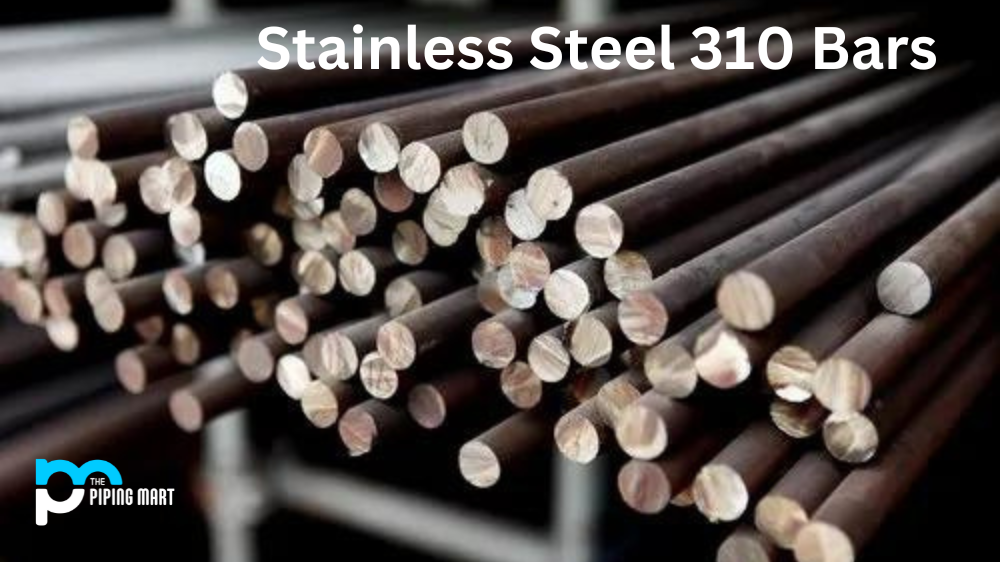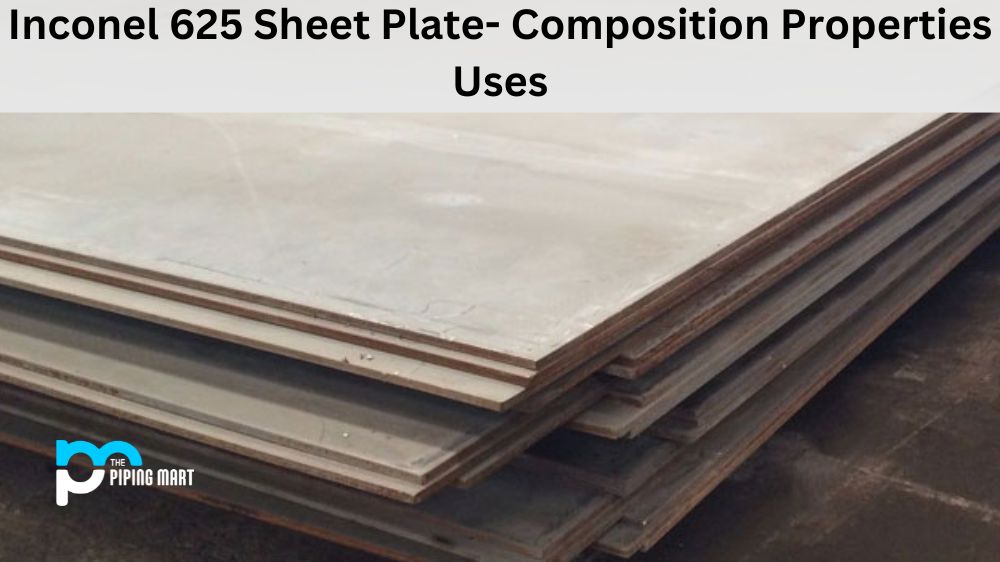310 Stainless Steel Bars are one of the manufacturing industry’s most widely used bar materials. A276 310 Stainless Steel Bar have been the go-to choice for many engineers and manufacturers because of their superior quality and performance. In this blog post, we will explore the composition, physical and mechanical properties, heat treatment, corrosion resistance, and uses of SS310 Bars so that you can gain a full understanding of this material.
What are Stainless Steel 310 Bars?
A276 310 Bars are a heat-resistant, chromium-nickel alloy used in high-temperature applications. It is corrosion and oxidation resistant and has excellent formability, weldability, and toughness. DIN 1.4845 Bars has high creep strength, making it suitable for furnace parts such as valves, nuts, bolts etc. Grade 310 Bars superior properties make it an ideal choice for most industrial applications.
Grade 310SS Bars Composition
UNS S31000 Round Bars comprise 25% chromium and 20% nickel, making them highly corrosion-resistant. 310SS Bars also contain 0.015% carbon, 1.5% manganese, and 0.03% sulfur. The high percentages of chromium and nickel provide excellent resistance to oxidation and corrosion even in high-temperature environments.
| Grade | C | Mn | Si | P | S | Cr | Mo | Ni | Fe |
| Stainless Steel 310 | 0.015 max | 2 max | 0.15 max | 0.20 max | 0.015 max | 24-26 | 0.15 max | 19-21 | 54.7 min |
| Stainless Steel 310S | 0.08 max | 2 max | 1.0 max | 0.045 max | 0.030 max | 24 – 26 | 0.75 max | 19 – 21 | 53.095 min |
UNS S31000 Bars Physical Properties:
SS 310 Square Bar have a density of 8 g/cm³ and a melting point of 1402-1454°C. They have high and thermal conductivity, making them suitable for electrical and thermal applications.
ASTM A276 Type 310S Bars Mechanical Properties:
310 Stainless Steel Round Bars have excellent tensile and yield strength. AISI 310 exhibit good creep resistance when subjected to high temperatures and hold up well under thermal cycling conditions. JIS SUS 310 Flat Bar makes them ideal for high-temperature environment applications.
| Density | Melting Point | Tensile Strength | Yield Strength (0.2%Offset) | Elongation |
| 7.9 g/cm3 | 1402 °C (2555 °F) | Psi – 75000 , MPa – 515 | Psi – 30000 , MPa – 205 | 40 % |
Aisi 310 Bars Equivalent
| STANDARD | WERKSTOFF NR. | UNS | JIS | BS | GOST | AFNOR | EN |
| Stainless Steel 310 | 1.4841 | S31000 | SUS 310 | 310S24 | 20Ch25N20S2 | – | X15CrNi25-20 |
| Stainless Steel 310S | 1.4845 | S31008 | SUS 310S | 310S16 | 20Ch23N18 | – | X8CrNi25-21 |
Astm a276 gr 310 Bars Heat Treatment:
310 Round Bar are heat treated at 1040°C followed by water quenching. This treatment enhances their mechanical properties and gives them excellent scaling, corrosion, and oxidation resistance.
DIN 1.4845 Bars Corrosion Resistance:
Aisi 310 round bar have excellent resistance to corrosion, oxidation, and scaling. They are resistant to sulfidation and high-temperature carburization. SS 310 round bar are suitable for use in highly corrosive environments and can withstand high temperatures.
SUS 310 Bars Uses:
ASME SA276 310 Bars are used in various applications, including aerospace, chemical processing, food processing, oil and gas refineries, heat exchangers, power generation, and more. They are ideal for manufacturing furnace parts, heat treatment baskets, and chemical process equipment.
Conclusion:
SS UNS S31000 Round Bars are highly versatile and widely used in various industrial applications due to their superior quality and performance. The high concentration of chromium and nickel in the 310 Stainless Steel material gives it excellent resistance to corrosion, oxidation, and scaling, making it ideal for use in harsh working environments. High tensile and yield strength and good creep resistance perform well even in high-temperature environments where other materials would fail. Therefore, if you are looking for a robust and reliable material for your next project, SUS 310 Bars are the way to go.

Meet Bhavesh, a seasoned blogger with a wealth of knowledge and experience. From metal products manufacturing to retail, Bhavesh has a diverse background in various industries and is dedicated to sharing his insights and expertise with readers.




